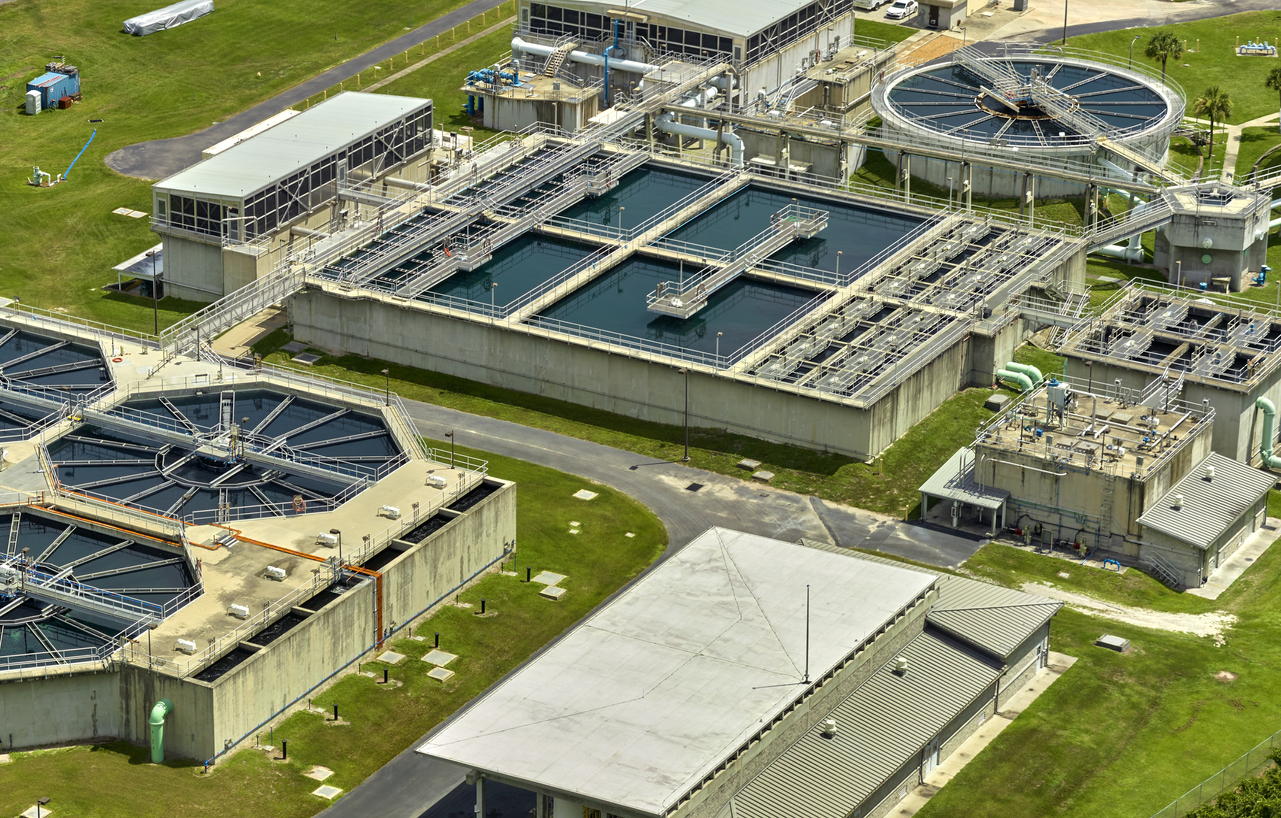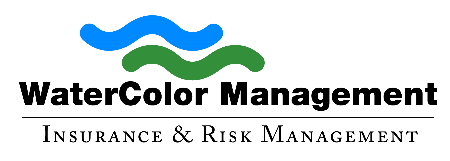
In the United States, water treatment plants clean used water and sewage to return it to the environment. Wastewater may come from residences, businesses, schools, stormwater infiltration, or groundwater runoff.
Unfortunately, water treatment may also pose environmental risks. Water industry insurance can protect treatment plants following accidents that result in bodily injury, pollutant discharge, and site explosions.
Common Pollution Exposures Acknowledged By Water Industry Insurance: A Closer Look
There are various pollution exposures associated with wastewater treatment plants. The chemicals and equipment utilized in processing wastewater and the wastewater itself can result in environmental harm. Sewage and chemicals used in processing can infiltrate drinking water or kill native plants.
Common exposures include:
- Water treatment chemical leaks, such as methanol and chlorine, can result in toxic air emissions that may lead to illness and hospitalization of local residents.
- Flooding can cause sewage to flow into nearby bodies of water. The pollution may result in natural resource damage claims or necessitate cleanup costs for treatment plants.
- Overflow from the sewage treatment facility can back up into a treatment plant building, causing damage to the property.
- Any mishaps during transport or disposal of sludge can result in litigation.
While treatment facilities may be unable to prevent every inclement weather event or accident, they can protect themselves with water industry insurance.
Water Treatment Insurance: Protecting Against Pollution Risks
The United States averages about one chemical accident every two days. Among the facilities that house hazardous materials are wastewater treatment plants. EPA data shows more than 775 accidents occurred from 2014 through 2020 at various facilities.
Wastewater treatment plants must have some form of rural water insurance or wastewater insurance to protect themselves in the event of an accident. Business protection should include a comprehensive portfolio of products suited for the industry:
- General and professional liability
- Excess coverage
- Product liability and recall
- Commercial auto insurance
- Pollution liability, including hazmat
- Boiler and machinery coverage
- Cybercrime liability
- Property and equipment coverage
Risk Mitigation Strategies: Prepare for the Worst
Preparing for the worst-case scenario can help wastewater treatment facilities avoid the worst-case scenario. Sometimes, minor errors result in disaster. For example, an upgraded treatment plant may seep sewage into the groundwater because of an improper closure of an old clarifier. Likewise, selling biosolid sludge as fertilizer with just a little too much water can contribute to river contamination.
In addition to insurance coverage, treatment plants must ensure every employee undergoes adequate training. Every staff member should understand the importance of risk mitigation and pollution prevention. Ongoing training should go along with regular maintenance and monitoring.
Get a Complimentary Risk Assessment and Water Industry Insurance
In addition to water industry insurance, wastewater treatment plants must have strategies to avoid accidents that may result in injuries, illness, or environmental pollution. Risk mitigation helps companies avoid having to deal with claims of negligence.
A risk assessment can uncover risk exposures to ensure your water treatment facility clients have ample protection. Contact us at Watercolor Management to evaluate risks and minimize or eliminate them.
About Watercolor Management
Watercolor Management has insured the water industry for over 30 years. Our policies include unlimited defense cost coverage in the event of a lawsuit against you. Call us at (855) 929-0824 or email info@watercolormanagement.com for a quick quote for your Water Business Professional, Products/Completed operations, Pollution and General Liability Insurance.




